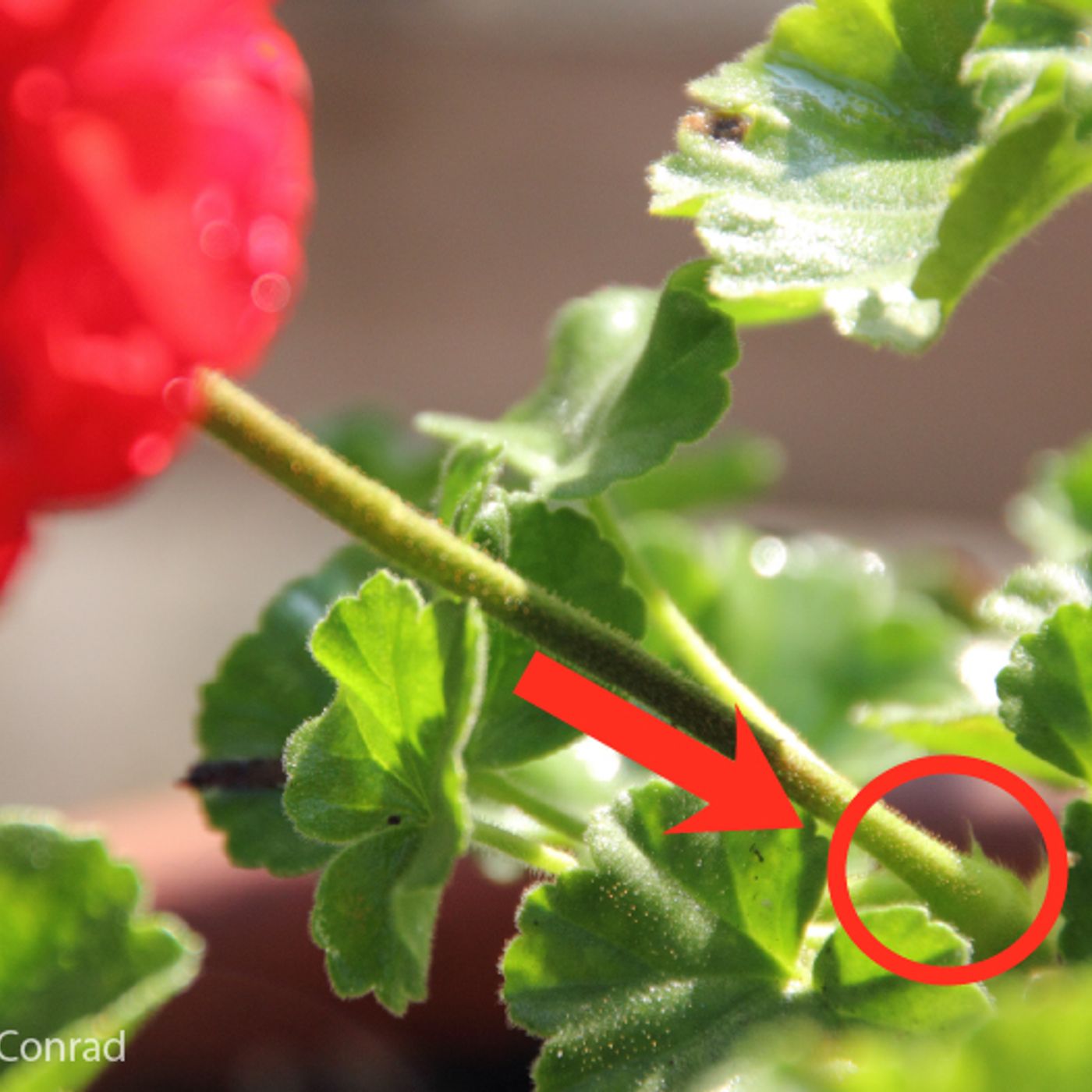- Health
- SEE MORE
- classical
- general
- talk
- News
- Family
- Bürgerfunk
- pop
- Islam
- soul
- jazz
- Comedy
- humor
- wissenschaft
- opera
- baroque
- gesellschaft
- theater
- Local
- alternative
- electro
- rock
- rap
- lifestyle
- Music
- como
- RNE
- ballads
- greek
- Buddhism
- deportes
- christian
- Technology
- piano
- djs
- Dance
- dutch
- flamenco
- social
- hope
- christian rock
- academia
- afrique
- Business
- musique
- ελληνική-μουσική
- religion
- World radio
- Zarzuela
- travel
- World
- NFL
- media
- Art
- public
- Sports
- Gospel
- st.
- baptist
- Leisure
- Kids & Family
- musical
- club
- Culture
- Health & Fitness
- True Crime
- Fiction
- children
- Society & Culture
- TV & Film
- gold
- kunst
- música
- gay
- Natural
- a
- francais
- bach
- economics
- kultur
- evangelical
- tech
- Opinion
- Government
- gaming
- College
- technik
- History
- Jesus
- radio
- movies
- services
- Church
- podcast
- Education
- international
- Transportation
- Other
- kids
- podcasts
- philadelphia
- Noticias
- love
- sport
- Salud
- film
- and
- 4chan
- Disco
- Stories
- fashion
- Arts
- interviews
- hardstyle
- entertainment
- humour
- medieval
- literature
- alma
- Cultura
- video
- TV
- Science
- en
78: Deadheading Your Plants w/ Clean Green Living's Cloud Conrad

It may seem counter-intuitive, but to keep many annuals and perennials blooming all summer long, you have to cut off the blooms as they are waning or spent. It’s called dead-heading but it doesn’t require tie-dye T-shirts, illicit drugs or trippy music. Many summer bloomers flourish with this technique so it’s something you should practice regularly.
Dead-heading is the act of removing spent blooms (and a portion of the supporting stem) periodically during the summer season. We do it to trick the plant into producing more blooms.
WHY IT WORKS: Like all life forms, a plant’s main objective in life is to procreate – to perpetuate the species. Flower blooms precede seed maturation and dissemination. If a bloom is removed before the seed is ready to be released from the plant, the flower will believe it has not achieved its main objective and it will produce another bloom.
HOW IT WORKS: Dead-heading is best done while weeding, this way you can be more time efficient in the garden. As you are working through your garden pulling weeds, take a few extra moments to remove spent or waning blooms. Simply removing the bloom will create that “Morticia Adams” effect, where the remaining flower stem seems beheaded. Instead, grab the bloom between your thumb and index finger, slide these fingers down the stem until you come to a junction where the larger stem branches off. Snap, break or cut the stem just above this junction. In just a few days the plant will have produced a new shoot in that spot, or another bloom somewhere on the plant. Regular dead-heading promotes more profuse blooming, without added water or fertilizer.
Some summer flowering plants that benefit from dead-heading are petunias, canna lilies, roses (but use gloves and don’t slide your fingers down the stem), coreopsis, Shasta daisies, African daisies, Gerber daisies, Echinacea, geraniums and yes, even scarlet begonias.
For more information and to see the companion article go to www.cleangreenlivingmagazine.com